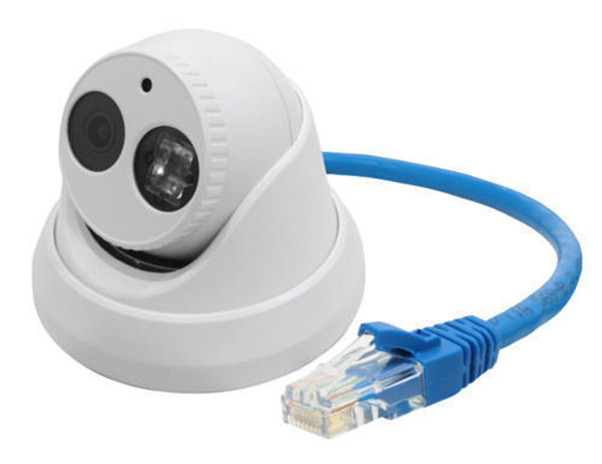This website use cookies to ensure you get the best experience on our website.
IP CCTV Camera
Internet Protocol cameras, also called IP cameras or network cameras, provide digital video surveillance by sending and receiving footage over the internet or local area network (LAN). IP cameras connect to a network through Wi-Fi or a Power over Ethernet (PoE) cable. They’re often used with network video recorders (NVRs) and sometimes with digital video recorders (DVRs).





 CALL NOW
CALL NOW WHATSAPP NOW
WHATSAPP NOW